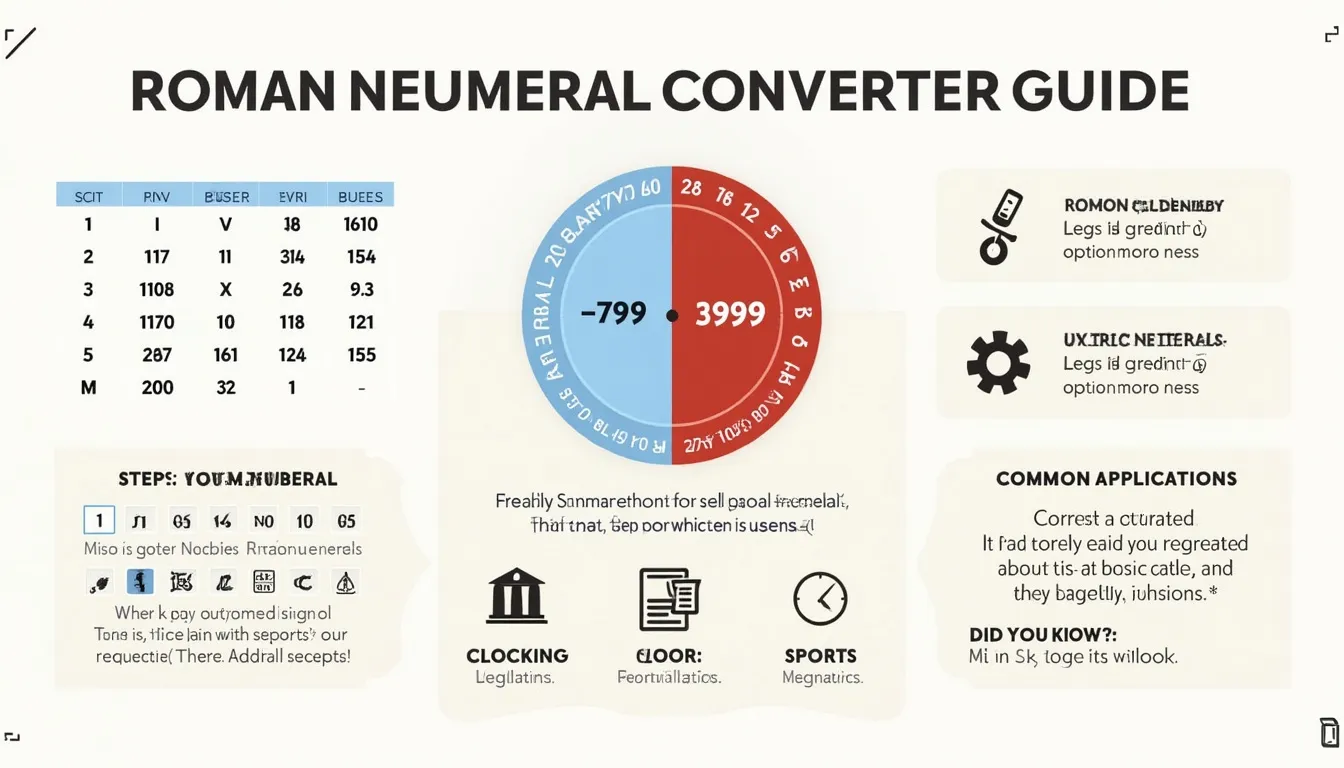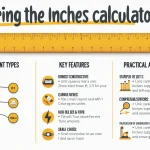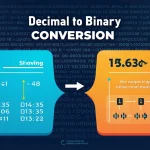Roman Numeral Converter
Is this tool helpful?
How to Use the Roman Numeral Converter Effectively
Our intuitive Roman Numeral Converter helps you easily switch between Arabic integers and Roman numerals with just a few simple steps. Here’s how to make the most of this powerful tool:
- Select the Conversion Type: Choose between Integer to Roman Numeral or Roman Numeral to Integer from the dropdown menu.
-
Enter Your Input:
- Integer to Roman Numeral: Input a whole number between 1 and 3999. For example, try entering 2567 or 348 to see their Roman numeral equivalents.
- Roman Numeral to Integer: Type a valid Roman numeral in uppercase letters. For instance, try DLXIV or MMCDXLV to convert them to integers.
- Click Convert: Press the “Convert” button to perform the conversion.
- View Your Result: The converted value will instantly appear below the form in the “Result” section.
If the input is invalid — such as a number outside the allowed range or an incorrect Roman numeral — the tool will display a clear error message to guide you in correcting it.
Introduction to the Roman Numeral Converter: Definition, Purpose, and Benefits
The Roman Numeral Converter is a versatile online tool designed to translate numbers between modern Arabic numerals and ancient Roman numerals. By bridging these two number systems, it provides users an easy way to understand, learn, and apply Roman numerals accurately.
What Is a Roman Numeral?
Roman numerals are a numeric system originating from ancient Rome, utilizing seven basic symbols:
- I = 1
- V = 5
- X = 10
- L = 50
- C = 100
- D = 500
- M = 1000
Numbers are formed by combining these symbols according to specific rules. For example, XXIX represents 29 (10+10+9), and CDXLIV represents 444 (400+40+4).
Key Purposes of Our Roman Numeral Converter
- Educational Support: Assists learners in mastering Roman numeral concepts and conversion techniques.
- Historical Analysis: Helps historians and researchers decode dates and numbers in ancient manuscripts and artifacts.
- Everyday Utility: Ideal for converting numerals found in documents, clocks, books, or official inscriptions.
- Efficiency Booster: Provides fast and error-free conversions, saving time and manual effort.
Benefits of Using Our Roman Numeral Converter
- High Accuracy: Eliminates the chance of mistakes common in manual conversions.
- Instant Results: Converts numbers quickly to support seamless workflows.
- Bidirectional Conversion: Easily switch between Arabic integers and Roman numerals.
- Clear User Interface: Designed for users of all backgrounds, ensuring accessibility and ease.
- No Software Installation: Operates fully in the browser — no downloads needed.
- Educational Insights: Reinforces learning by letting users experiment with various values.
Example Calculations: How the JavaScript Converter Works
Converting Integer to Roman Numerals
The tool converts an integer by repeatedly subtracting the largest Roman numeral value that fits into the number, building the Roman numeral string from left to right. For example:
- Convert 1983:
- 1000 = M, remaining 983
- 900 = CM, remaining 83
- 50 = L, remaining 33
- 30 = XXX, remaining 3
- 3 = III
- Result: MCMLXXXIII
- Convert 742:
- 500 = D, remaining 242
- 200 = CC, remaining 42
- 40 = XL, remaining 2
- 2 = II
- Result: DCCXLII
Mathematical Representation
The conversion can be represented as:
$$ R = \sum_{i=1}^{n} s_i \cdot v_i $$Where:
- R is the Roman numeral output.
- n is the number of symbol-value pairs.
- s_i is the Roman numeral symbol repeated as many times as required.
- v_i is the corresponding value of the symbol.
Converting Roman Numerals to Integer
The tool sums the values of Roman numerals while accounting for subtractive notation (where a smaller numeral precedes a larger one). For example:
- Convert XLII:
- X (10) before L (50) means 50 – 10 = 40
- Then add I (1) + I (1) = 2
- Result: 42
- Convert CMXCIX:
- C (100) before M (1000) means 1000 – 100 = 900
- X (10) before C (100) means 100 – 10 = 90
- IX (9) = 9
- Result: 999
Mathematical Representation
This conversion follows the formula:
$$ I = \sum_{i=1}^{n} (-1)^{[v_i < v_{i+1}]} \cdot v_i $$Where:
- I is the resulting integer.
- n is the number of symbols in the Roman numeral string.
- v_i is the value of the i-th symbol.
- [v_i < v_{i+1}] equals 1 if the current value is less than the next (indicating subtraction), otherwise 0.
Practical Applications: Real-World Uses of the Roman Numeral Converter
Roman numerals continue to be widely used in many fields today. Our Roman Numeral Converter offers invaluable assistance in these domains:
1. Historical Date Deciphering
Researchers and history enthusiasts can decode Roman numeral inscriptions on monuments, manuscripts, or artifacts. For example, converting MDCCCXC quickly reveals the year 1890.
2. Academic and Publication Formatting
Academic papers and books use Roman numerals for prefaces, appendices, and chapter numbering. Editors can verify correct Roman numerals for entries like chapter XXIV or appendix VII.
3. Entertainment Industry
Movies, video games, and sequels utilize Roman numerals in titles and copyright years. Producers can convert the number 12 to XII or verify the Roman numeral for the year 2021.
4. Timepiece and Clock Design
Clockmakers often use Roman numerals on dials. Our converter ensures correct numeral positioning, such as representing 9 o’clock accurately as IX.
5. Legal and Formal Documents
Legal documents frequently number sections or clauses using Roman numerals. Lawyers and clerks can double-check numerals like XVII or XXI for precision.
6. Genealogical Research
Genealogists can interpret Roman numeral dates from old gravestones or family records, such as MCMXXI representing 1921.
7. Architecture and Cultural Insights
Visitors and historians can understand dates on engraved monuments, buildings, and artworks written in Roman numerals, enhancing cultural appreciation.
Important Disclaimer
The calculations, results, and content provided by our tools are not guaranteed to be accurate, complete, or reliable. Users are responsible for verifying and interpreting the results. Our content and tools may contain errors, biases, or inconsistencies. We reserve the right to save inputs and outputs from our tools for the purposes of error debugging, bias identification, and performance improvement. External companies providing AI models used in our tools may also save and process data in accordance with their own policies. By using our tools, you consent to this data collection and processing. We reserve the right to limit the usage of our tools based on current usability factors. By using our tools, you acknowledge that you have read, understood, and agreed to this disclaimer. You accept the inherent risks and limitations associated with the use of our tools and services.







